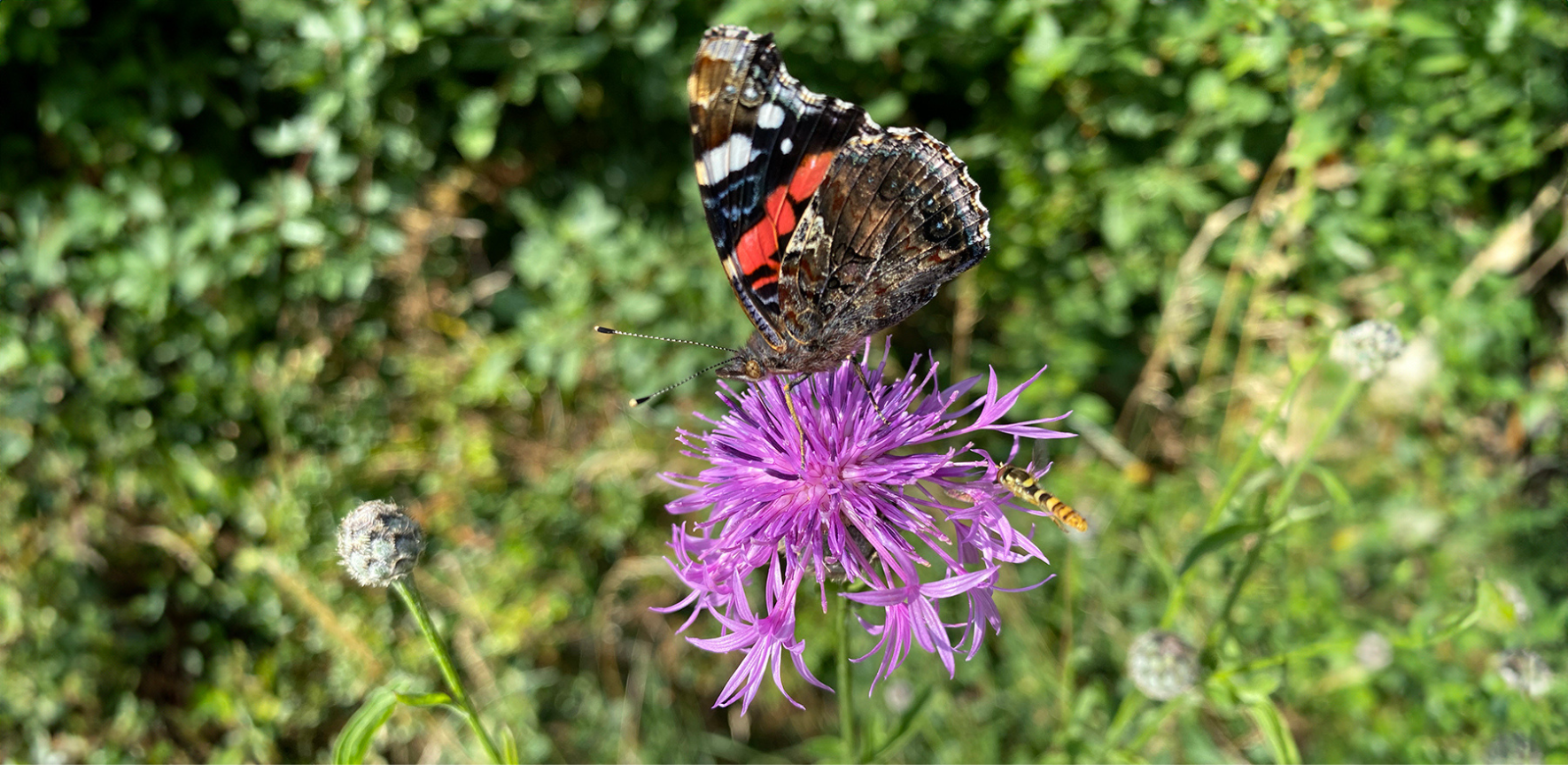
Submitted by L. Bixler on Wed, 01/11/2023 - 14:18
A new study by member of the Insect Ecology Group and published in Ecology & Evolution has found that butterflies may be most vulnerable to climate change as larvae.
Insects are vulnerable to climate change, as they rely on their environment to regulate their body temperature. Insects also play a vital role in many different ecosystem services, many of which are relevant to human society, such as pollinating our crops.
It is therefore critical that we understand how insects will respond to climate change in order to enact effective conservation before they are lost. However, the majority of our understanding of insect responses to temperature comes only from adult insects, whereas there has been a growing concern than it will in fact be larvae that will be more vulnerable to climate change.
In order to address this, Department of Zoology researchers sampled 12 species of butterflies and 2 day-flying moths across Cambridgeshire and Bedfordshire as adults and as larvae. The results, published in Ecology and Evolution, found that these insects were worse at regulating their body temperature as larvae than as adults. This means that the timing of extreme weather, such as heatwaves, will play a crucial role in determining whether butterflies can cope with climate change.
The study also found that larvae use a different strategy to cope with changing temperatures than adults. In particular, they rely almost entirely on microclimates around their foodplant to help buffer their temperature. Protecting and creating microclimates around butterfly foodplants, therefore, could help protect butterflies from future climate change. This can be as simple as creating shade, or allowing vegetation to grow longer.
Esme Ashe-Jepson, lead author says,
